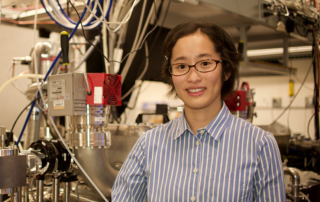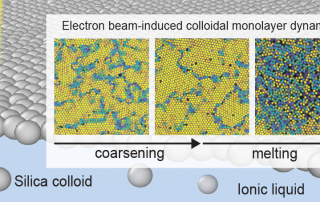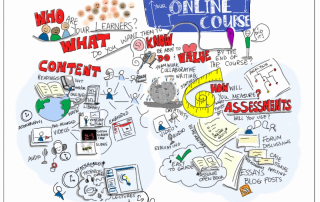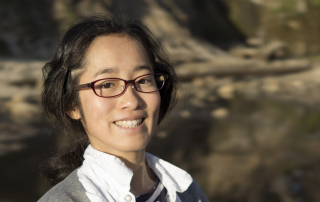Congrats to Yuka Esashi for Receiving the 2021 Nick Cobb Memorial Scholarship
Yuka Esashi has been announced as the 2021 recipient of the $10,000 Nick Cobb Memorial Scholarship by SPIE, the international society for optics and photonics, and Mentor Graphics, a Siemens Business, for her potential contributions to the field related to advanced lithography. Esashi is pursuing her PhD in physics at the University of Colorado Boulder in the Kapteyn-Murnane group. She is co-lead of a research team that is addressing much-needed advances in metrology techniques for the semiconductor industry, where techniques with high resolution, fidelity and sensitivity are needed. With her team, Esashi has developed phase-sensitive EUV imaging reflectometry, a novel technique which combines computational imaging with EUV reflectometry to measure depth-dependent chemical composition of semiconductor samples in a spatially-resolved and non-destructive manner. In her current research, she is planning on applying this technique to a wider range of next-generation structures and materials. Esashi received her BA in Physics from Reed College in 2017, and her MS in Physics from the University of Colorado Boulder in 2019.






